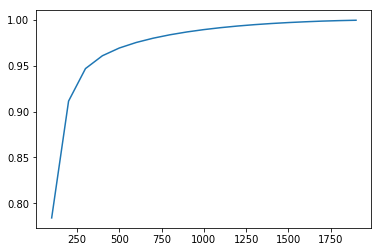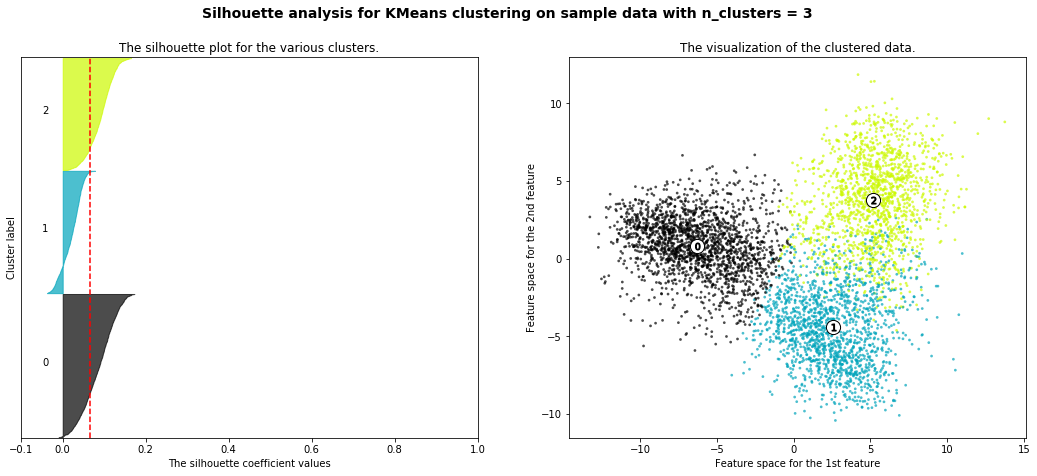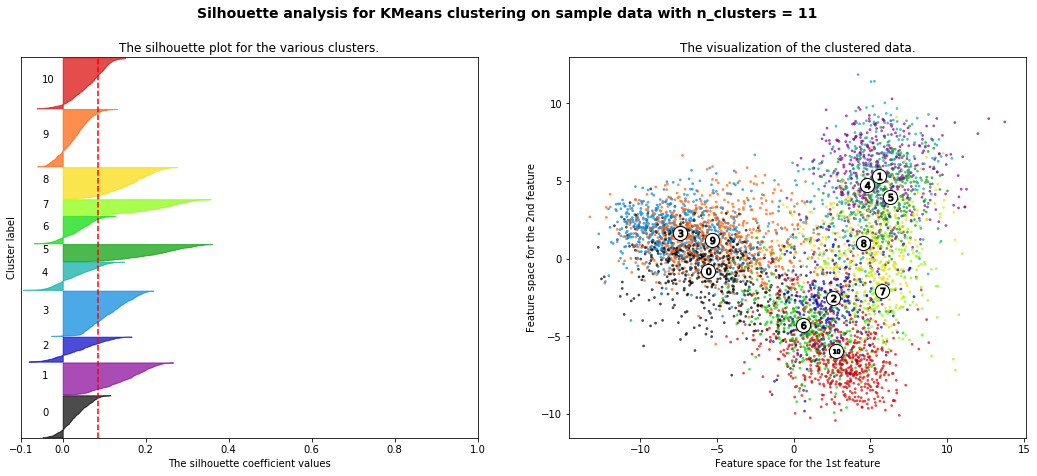Image Clustering
1. Problem
Do image clustering, which is an unsupervised learning task. Unsupervised learning is a branch of machine learning that learns from test data that has not been labeled, classified or categorized. Instead of responding to feedback, unsupervised learning identifies commonalities in the data and reacts based on the presence or absence of such commonalities in each new piece of data. In this task, you need to cluster a certain amount of image data. In other words, you need to find the most appropriate number of clusters by yourself.
2. Solution
I use K-means clustering algorithm for this problem.
2.1 Feature engineering
I use Scikit Learn and a pretrained model, ResNet-152, to extract features from images with reference and improvement by myself on a GitHub repository which provides only RseNet-18 and AlexNet models with following steps.
-
Load images and extract features with pretrained model RESNET-152 I add Resnet-152 model in that its error rate is the best according to Pytorch Master Documentation. Its layer output size is 2048, so that extracted features size is also 2048.
-
Dimension reduction with PCA I reduce features size from 2048 to 200 by applying PCA in Scikit Learn. The reason why I chose 200 is that it keeps around 90% information of original features using sum of variance ratios. The below graph accounts for its detail.

2.2 K-means clustering altorighm with silhouette analysis
K-means clustering in Scikit Learn is used with the number of clusters 11 chosen with silhouette analysis. The reasons as follows. Firstly, n_clusters 2, 3, 4, 5, 6, 7, and 11 are good choices for K in that others have so many negative values that many samples of them would be assigned to the incorrect cluster. Secondly, 11 has the most similar thickness of the silhouette plot that indicates it has the most similar clusters size.



As the result, each cluster accounts for those following objects:
Cluster 1: Pet (Cat + Dog)
Cluster 2: Car
Cluster 3: Water Scenery
Cluster 4: Indoor Scenery
Cluster 5: Bus
Cluster 6: Train
Cluster 7: Birds
Cluster 8: Airplane
Cluster 9: Bicycle (including autocycle)
Cluster 10: People
Cluster 11: Livestock
You can check all code here Google Colab link Click! and the result Prediction.csv link.